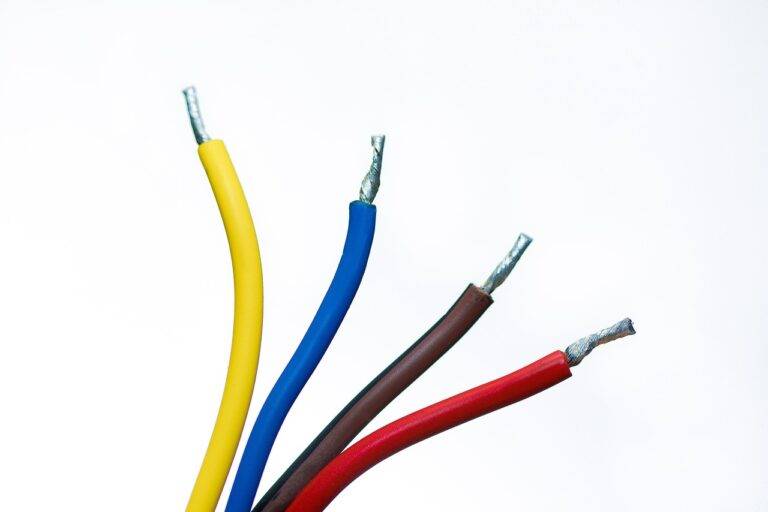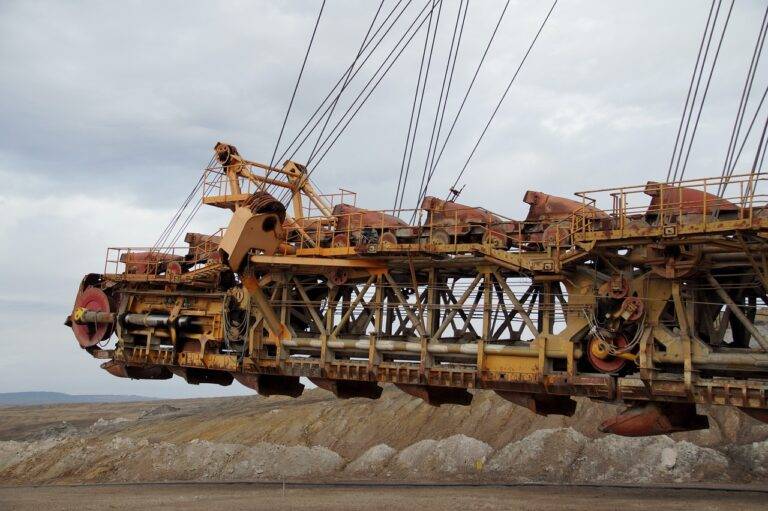The Role of Tech in Disaster Relief: Drone Delivery, GIS Mapping, and Communication Systems
Disaster relief operations often face the challenges of inadequate resources and coordination. The lack of funding, insufficient manpower, and limited access to affected areas can hinder the response efforts to provide timely assistance to those in need. Moreover, the complexity of coordinating multiple organizations, agencies, and volunteers in disaster-stricken regions can lead to communication breakdowns and delays in delivering critical aid.
Additionally, the unpredictable nature of disasters, such as natural calamities or public health emergencies, adds another layer of difficulty to relief operations. Responding to rapidly evolving situations requires flexibility and quick decision-making, which can be impeded by bureaucratic processes and regulatory obstacles. Ensuring effective communication channels, strategic planning, and cohesive collaboration among stakeholders are essential to overcoming the challenges faced in disaster relief operations.
Advancements in Aerial Technology
Aerial technology has witnessed significant advancements in recent years, revolutionizing disaster relief operations across the globe. Unmanned aerial vehicles, commonly known as drones, have become invaluable tools in assessing and responding to disasters quickly and efficiently. Equipped with high-resolution cameras and sensors, drones can provide real-time aerial footage of disaster-stricken areas, aiding rescue teams in planning their response strategies effectively.
Additionally, advancements in aerial technology have led to the development of sophisticated autonomous aerial vehicles that can navigate through challenging terrains and deliver essential supplies to inaccessible areas with precision. These autonomous drones can be programmed to drop off food, water, medical supplies, and communication equipment to those in need, significantly speeding up the delivery process and reducing human intervention in high-risk disaster zones. The integration of artificial intelligence and machine learning algorithms has further enhanced the capabilities of aerial technology in disaster relief operations, enabling quicker and more coordinated responses to emergencies.
What are some challenges faced in disaster relief operations?
Some challenges in disaster relief operations include limited access to affected areas, communication difficulties, and logistical constraints.
How has aerial technology advanced in recent years to aid in disaster relief efforts?
Aerial technology has advanced with the development of drones, UAVs, and satellite imagery, which can be used for search and rescue missions, damage assessment, and delivering supplies to remote areas.
How do drones help in disaster relief operations?
Drones can provide real-time aerial footage of affected areas, assess damages, locate survivors, and deliver essential supplies without risking the lives of rescue workers.
What role do UAVs play in disaster relief operations?
Unmanned Aerial Vehicles (UAVs) can be deployed for surveillance, mapping, and monitoring purposes during disaster relief operations, providing valuable data to aid in decision-making.
How has satellite imagery been beneficial in disaster relief efforts?
Satellite imagery can provide high-resolution images of disaster-stricken areas, enabling responders to assess the extent of damage, identify areas in need of assistance, and plan rescue operations effectively.





